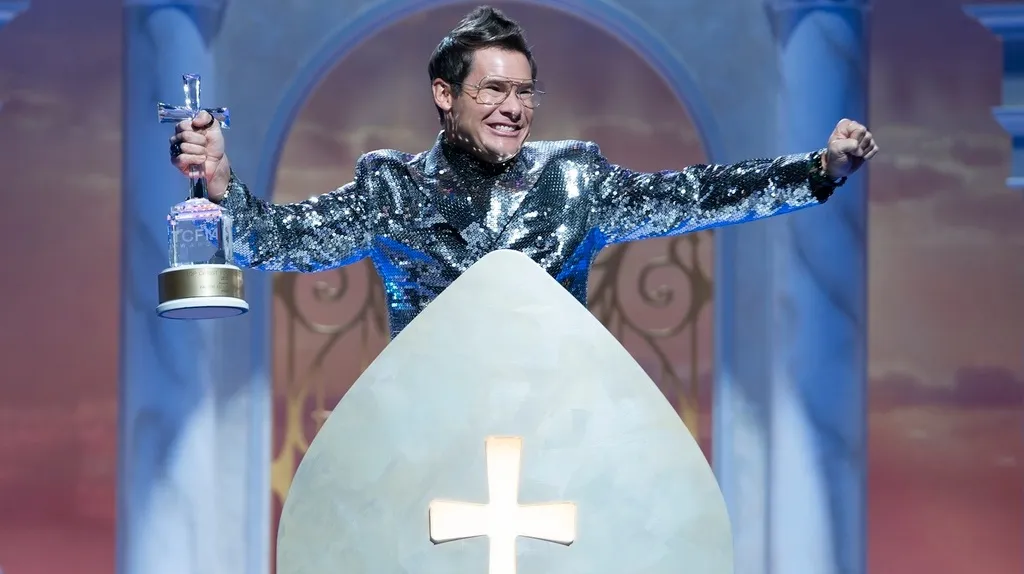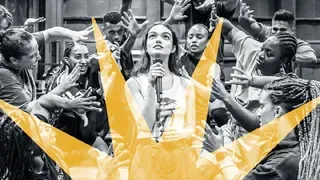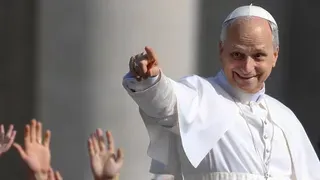July 31, 2016
Death of the Disco Dancers
Paul Parish READ TIME: 4 MIN.
Forty-nine dancers were murdered last month in Orlando. They have been called gay or Latino or lesbian or transgender. They have been identified as a pharmacy tech, a travel agent, an entrepreneur, a student, a store manager, and a Walt Disney employee. They are dead, but not for those reasons alone. They died because they went out on a Saturday night to enjoy themselves the best way they knew how - by dancing.
There has been a deafening silence on the subject in the dance press, and indeed, it is a very heavy subject to take up. It's much easier to think of them as gays or lesbians or Latinos. Are they really dancers if they're not professional dancers?
But of course they are. Some of those people go out every night. I've done it, and I know. You recognize the regulars, even when the tourists bop in and take up places that already belong to others, or grind up against people you know don't welcome that. Indeed, gay dance clubs have historically been our main locus of solidarity. They were the temples of our people in the days when we had to stay in the shadows. They are the Rubicons, the Concords of Gay Pride: the first places where our people took a stand and fought back, in the Tenderloin bar, at Stonewall - and it was the drag queens and trans folks who did it. They'd gone there because it was the only place they felt at home - they could drink, and pick up johns, and do their solo performances and read the world, and they could dance and rise above it all.
Dancing may be the oldest art, as it comes from way deep in our natures. We are indeed not the only animals that dance. But our nearest relatives don't dance - it's birds and bees and seahorses who are most like us in this. And we're the only ones who use the beat.
Club dancing is inconceivable without a commanding beat. Those who will accept the regularity of the beat, and delight in its subdivisions, get a lift that's like riding a wave, that magically lightens you and makes you float, that gives you that oceanic feeling and gets you high and sailing. Grace pours through you, you can whirl and dart and hover and pounce and fly and stomp on the downbeat and let your imagination carry you away, and you can dance all night if the D.J. knows what to play.
In many cultures, dance is used to induce an altered state - to channel the ancestors, to raise up the spirit of defiance. And I'll venture to say a whole gay club chanting "I will survive" as they dance to the music gets very close to the kind of energy that goes into a Maori war chant.
Moving together to a beat creates a bond, a group emotion, and a sense of fellow-feeling that anyone who's experienced it will cop to - though none of us can account for it, and it will be decades before scientists with their electrodes will be able to measure the pathways by which it works. This feeling is strong but it is generalized, and it can be used for good or ill. Hitler knew its power; he sent the young swing dancers of Germany to the gas chambers; they were a potential rallying point for freedom of expression, and along with the intellectuals, he destroyed them first.
If Hitler recognized dancing as dangerous, so do Puritans of other stripes. The old joke goes, "Q: Why do Baptists forbid kissing standing up? A: It might lead to dancing!" But in fact, Baptists did anathematize dancing, along with drinking and sex outside marriage.
It looks to me like Omar Mateen was acting almost as the agent of the American evangelicals. It's not surprising if you think that enemies tend to polarize increasingly as their hostilities become more acute, and after a while the opposing sides are as similar as photographs are to the negative image they're printed from. Mateen had been to the club, he'd felt its energy, and he felt, though he feared, its pull. Perhaps he was committing suicide by police.
If you're in the Castro and have some time to spare, maybe drop in on the GLBT Museum, and look at the poignant exhibition of Dancers we Lost to AIDS, which is devoted to professional dancers, and also the superb short documentary about the transvestites who fought back, long before Stonewall, from the bar they called home in the Tenderloin.
I have to say, in my view dancers who dance because they must are at least as much dancers as those who do it for a living. They profess it, in the original sense of the word. I've seen fabulous dancing in clubs, and of all the dancers I wish I'd seen, I think I most wish I'd seen Merce Cunningham when he went up to the Savoy ballroom - the birthplace of the Lindy Hop and all the African American dances that are the ancestors of the dances we do in clubs today - and danced by himself in the corner.
I am so glad that so many of the dancers at Pulse have spoken up. They've certainly made me proud. Their testimonies bring tears to my eyes, since they were shot down while "having the time of my life" and lived to tell the tale. Dancing is only one of the things people do in the course of a life, but it is one of those things that give you a feeling of what a better world might be like, where grace abounds and we all love one another so much.






